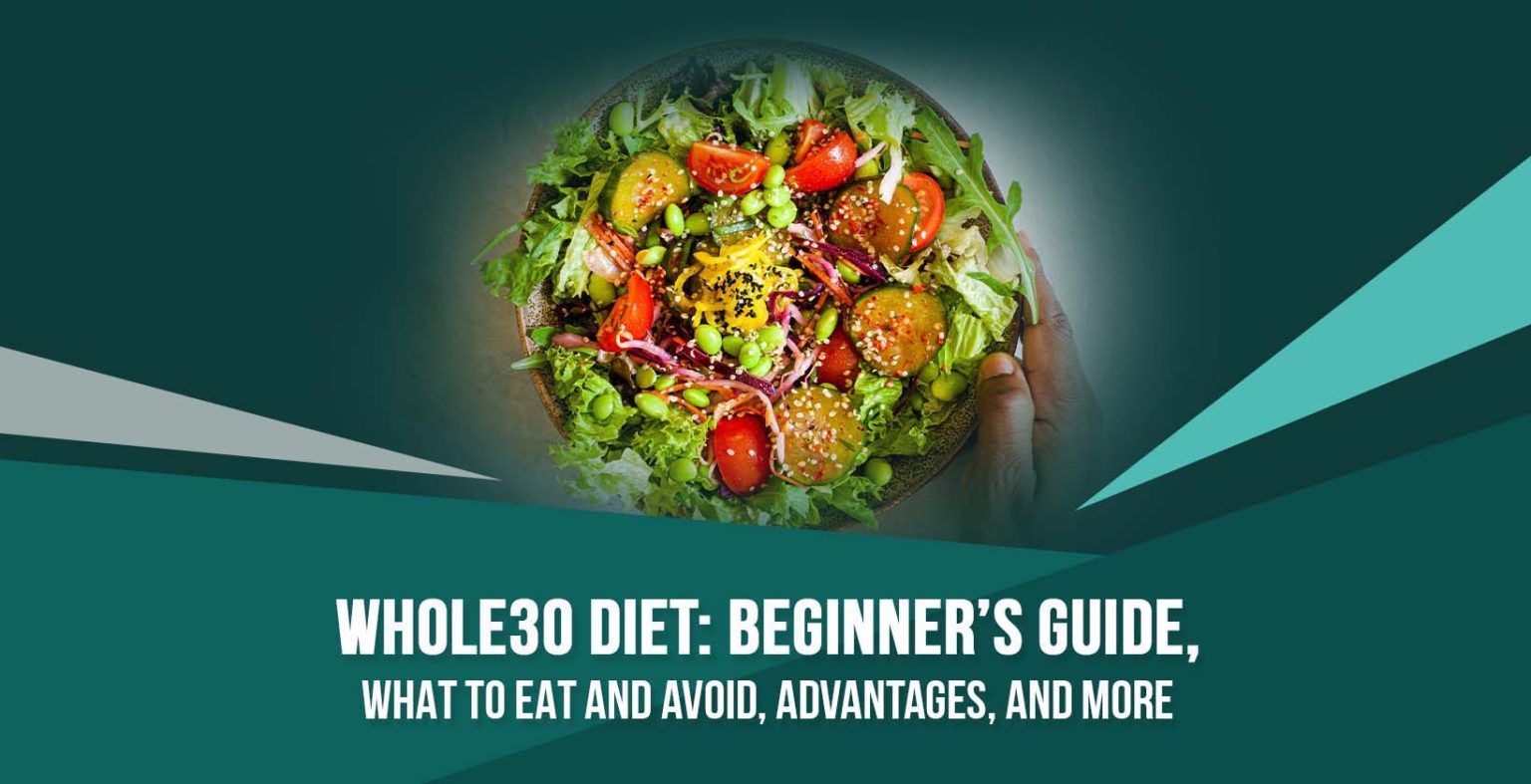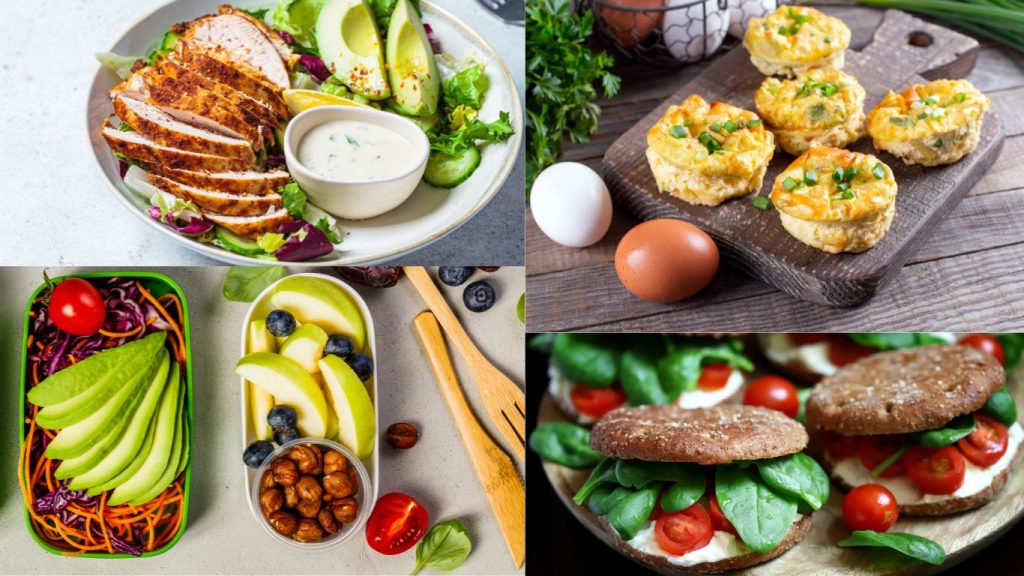The Whole30 Diet has gained popularity for its focus on whole foods and its promise to reset your body. Before you embark on this 30-day journey, it’s essential to understand what the diet entails, what you can eat, what you should avoid, and some tips for beginners.
Table of Contents

Beginner Tips on Whole30 Diet
Embarking on the Whole30 Diet requires careful planning and preparation. Here are some beginner tips to help you get started:
- Importance of Preparation: Before starting the Whole30 Diet, take time to understand the rules and guidelines. Clean out your pantry and stock up on whole foods that are compliant with the diet.
- Reading Labels: Learn to read food labels carefully. Look out for added sugars, grains, dairy, and other non-compliant ingredients.
- Finding Support: Join online communities or find a buddy to embark on the Whole30 journey with you. Having support can make the process easier and more enjoyable.
What You Eat on Whole30 Diet
The Whole30 Diet focuses on whole, unprocessed foods. Here are some foods you can eat on the diet:
- Focus on Whole Foods: Eat plenty of vegetables, fruits, meats, seafood, nuts, and seeds.
- Protein Sources: Include sources of protein such as chicken, beef, pork, and fish.
- Vegetables and Fruits: Fill your plate with a variety of colorful vegetables and fruits.
- Healthy Fats: Use healthy fats like olive oil, coconut oil, and avocado.
- Beverages: Drink plenty of water, herbal tea, and black coffee.
What You Avoid on Whole30 Diet
During the 30 days of the Whole30 Diet, you should avoid the following foods:
- Sugar and Sweeteners: This includes natural sweeteners like honey and maple syrup.
- Grains: All grains, including wheat, rice, oats, and corn, are off-limits.
- Dairy: Dairy products such as milk, cheese, and yogurt are not allowed.
- Legumes: This includes beans, lentils, and peanuts.
- Alcohol: All forms of alcohol, even for cooking, should be avoided.
- Processed Foods: Any foods containing additives, preservatives, or artificial ingredients are not allowed.
Sample 3-Day Meal Plan for the Whole30 Diet
Here’s a sample meal plan to give you an idea of what you might eat on the Whole30 Diet:
Day 1
- Breakfast: Scrambled eggs with spinach and tomatoes.
- Lunch: Grilled chicken salad with mixed greens, avocado, and balsamic dressing.
- Dinner: Baked salmon with roasted sweet potatoes and steamed broccoli.
Day 2
- Breakfast: Whole30-compliant sausage patties with sautéed kale.
- Lunch: Turkey and vegetable stir-fry with cauliflower rice.
- Dinner: Beef stew with carrots, onions, and celery.
Day 3
- Breakfast: Coconut milk chia pudding with berries.
- Lunch: Tuna salad lettuce wraps with cucumber slices.
- Dinner: Grilled shrimp skewers with zucchini noodles and marinara sauce.
Pros of the Whole30 Diet
The Whole30 Diet offers several benefits, including:
- Resetting Eating Habits: The diet helps you break unhealthy eating habits and reset your relationship with food.
- Identifying Food Sensitivities: By eliminating certain food groups, you may identify foods that cause digestive issues or other problems.
- Improving Digestion: Many people report improved digestion and reduced bloating on the Whole30 Diet.
- Weight Loss: The diet may lead to weight loss, especially if you were previously consuming a diet high in processed foods.
Cons of the Whole30 Diet
While the Whole30 Diet has its benefits, there are also some drawbacks to consider:
- Restrictive Nature: The diet is highly restrictive, which can make it challenging to stick to, especially for long periods.
- Initial Discomfort: Some people experience initial discomfort such as headaches, fatigue, or cravings as their body adjusts to the new diet.
- Social Challenges: Eating out and socializing can be challenging, as many restaurants and social gatherings may not offer Whole30-compliant options.
- Not Sustainable Long-Term: The Whole30 Diet is designed to be a short-term reset and may not be sustainable as a long-term lifestyle.
Takeaway
The Whole30 Diet can be a powerful tool for resetting your body and improving your relationship with food. However, it’s essential to approach it with careful planning and preparation. By understanding what you can eat, what you should avoid, and some tips for beginners, you can set yourself up for success on the Whole30 journey.
FAQ
Can I have coffee at Whole30?
Yes, black coffee is allowed on the Whole30 Diet. However, you should avoid adding any sugar, dairy, or non-compliant ingredients.
Is alcohol allowed on Whole30?
No, all forms of alcohol, including wine, beer, and spirits, are not allowed on the Whole30 Diet.
Can I snack on Whole30?
While the Whole30 Diet encourages three balanced meals a day, occasional snacks are allowed if they are Whole30-compliant.
How long should I do Whole30?
The Whole30 Diet is designed to be a 30-day program, but some people choose to extend it for longer periods based on their goals and experiences.
Can I have dairy-free alternatives on Whole30?
Yes, dairy-free alternatives such as almond milk, coconut milk, and cashew cheese are allowed on the Whole30 Diet as long as they do not contain added sugars or other non-compliant ingredients.
Can I eat out at Whole30?
Eating out can be challenging on the Whole30 Diet, but many restaurants offer Whole30-compliant options or are willing to accommodate special requests.
Can I do Whole30 if I’m vegetarian or vegan?
While it’s possible to do Whole30 as a vegetarian or vegan, it can be challenging due to the restrictions on grains, legumes, and dairy, which are common protein sources for vegetarians and vegans.
Can I use Whole30 as a way to diagnose food allergies or sensitivities?
While some people use Whole30 to identify potential food allergies or sensitivities, it’s essential to consult with a healthcare professional before making any significant changes to your diet.








